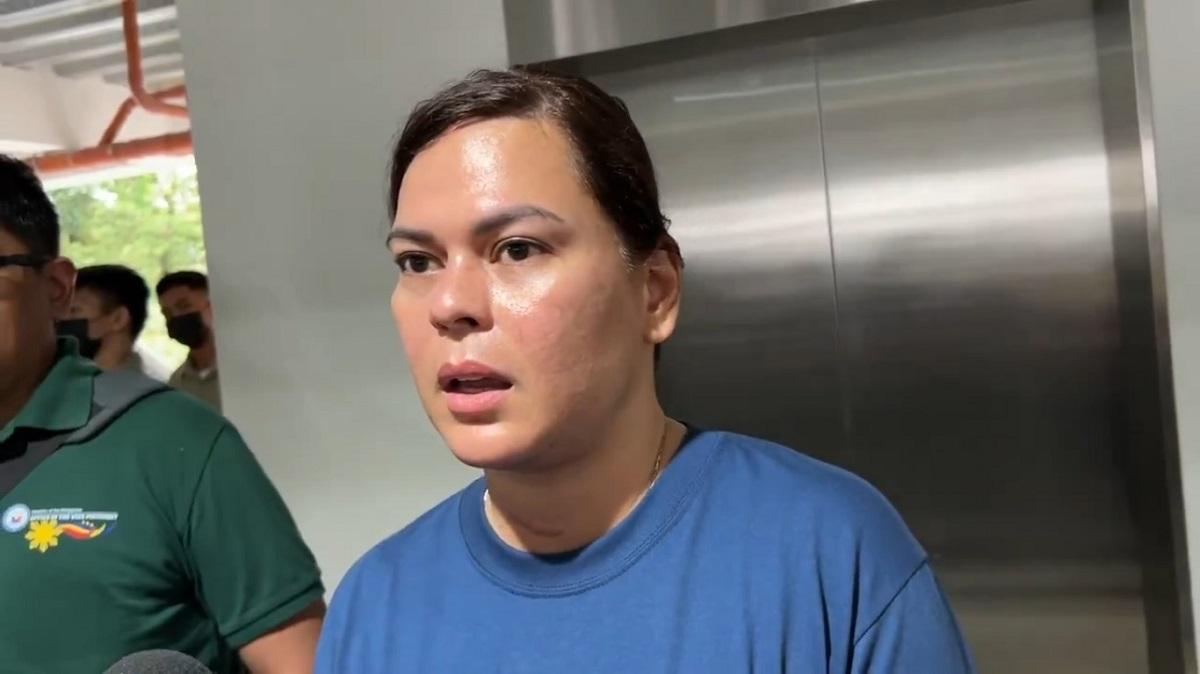A Digital Map Charts the Forgotten Synagogues of Europe
Across Europe, from bustling cities to sleepy villages, the echoes of Jewish history resonate within the walls of historic synagogues. A new online resource from the Foundation for Jewish Heritage gives travelers and history buffs alike an interactive map and access to a wealth of information on these treasured structures.
More than just a visual guide, this website, found at www.foundationforjewishheritage.com, shines a light onto the diverse fates of these historic buildings. Less than 25% are still used for Jewish worship. Many stand repurposed, transformed into unexpected spaces like theaters, restaurants, and even swimming pools. Some sadly stand abandoned awaiting a future, perhaps as cultural centers or museums.
The detailed information accompanying each synagogue on the map reveals the fascinating stories behind these profound architectural landmarks. One click might transport you to a castle-like synagogue in Wales, transformed from a forgotten space into a fitness center and now poised to lead a vibrant cultural rebirth. The website even provides insight into the building’s history, noting it closed its doors in 1983 due to dwindling Jewish population, and was bought by the Jewish Heritage Foundation in 2019 for a future focused on Jewish heritage.
The Foundation for Jewish Heritage’s project goes beyond simply mapping these vital structures. Deeply invested in both preserving and extending their legacy, they work to identify the most vulnerable synagogues in areas with few or no remaining Jewish communities. The team, led by London-based lawyer Michael Mail, directly supports communities by lending expertise and guidance. "These synagogues are mini-embassies for the Jewish experience," Mail explains. Through renovation and repurposing, they act as bridges to understanding, dispelling prejudice and fostering interfaith dialogue. A prime example: the Brighton Synagogue: a stunning architectural monument, now used for weddings and bar mitzvahs, highlighting its ongoing connection to the local Jewish community.
Curious about the impact of this project? The website dives into other ongoing projects like mapping Jewish burial grounds in Eastern Europe and a Middle Eastern initiative saving sites in places like Syria and Iraq. Additionally, it details the broader "Morasha" project uniting European experts dedicated to safeguarding Jewish heritage for generations to come.
Perhaps what resonates most poignantly is the Foundation’s call for American involvement in restoring these international treasures. Volunteers are encouraged to connect and contribute to bringing this important piece of history back to life.
For travelers, history enthusiasts, and anyone with a connection to Jewish heritage, this digital resource invites a journey through time, revealing the layered stories embedded within these remarkable buildings.


